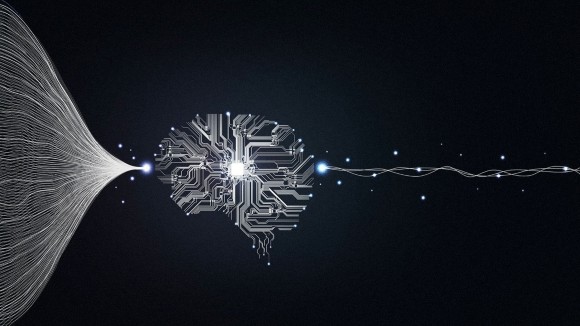Ahmedullah Aziz is an Assistant Professor of Electrical Engineering & Computer  Science at the University of Tennessee, Knoxville, USA. His research interests include neuromorphic hardware, cryogenic electronics, and beyond CMOS device design. Dr. Aziz has been an Editorial Board Member for Scientific Reports since 2022.
Science at the University of Tennessee, Knoxville, USA. His research interests include neuromorphic hardware, cryogenic electronics, and beyond CMOS device design. Dr. Aziz has been an Editorial Board Member for Scientific Reports since 2022.
Bhagwati Prasad is an Assistant Professor in the Department  of Materials Engineering at the Indian Institute of Science, Bengaluru, India. His major research interest is related to spintronics, ferroelectrics, and magnetoelectric-based neuromorphic computing materials, and devices. Dr. Prasad has been an Editorial Board Member for Scientific Reports since 2022.
of Materials Engineering at the Indian Institute of Science, Bengaluru, India. His major research interest is related to spintronics, ferroelectrics, and magnetoelectric-based neuromorphic computing materials, and devices. Dr. Prasad has been an Editorial Board Member for Scientific Reports since 2022.
J. Joshua Yang is a Professor at the University o f Southern California. His research interest is Post-CMOS materials and devices to enable non von Neumann hardware, architecture and algorithms. Dr. Yang was elected to IEEE fellow and NAI fellow for his contributions to resistive switching materials and neuromorphic computing. Dr. Yang has been an Editorial Board Member for Scientific Reports since 2018.
f Southern California. His research interest is Post-CMOS materials and devices to enable non von Neumann hardware, architecture and algorithms. Dr. Yang was elected to IEEE fellow and NAI fellow for his contributions to resistive switching materials and neuromorphic computing. Dr. Yang has been an Editorial Board Member for Scientific Reports since 2018.

